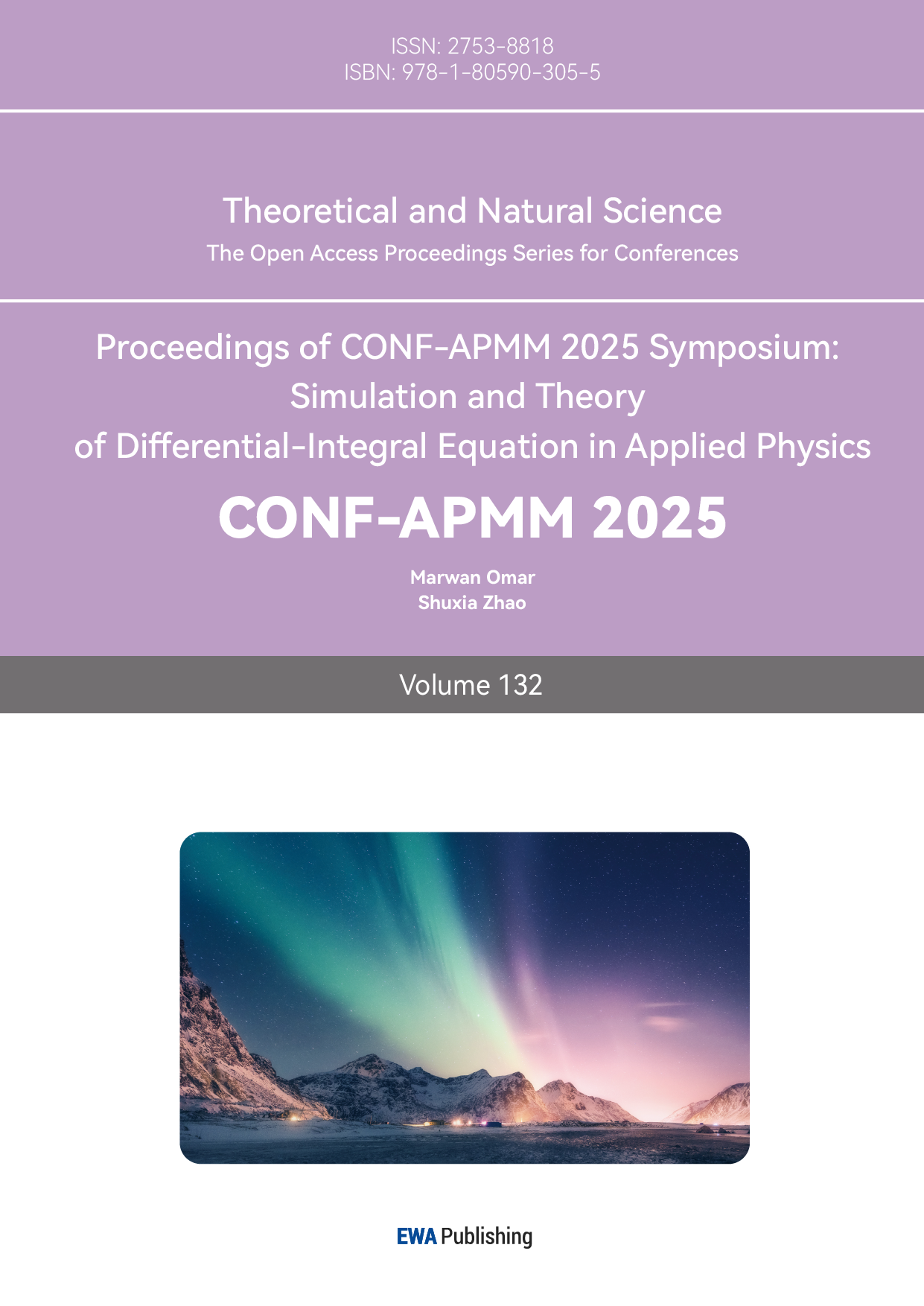References
[1]. Lauga, E., & Powers, T. R. (2009). The hydrodynamics of swimming microorganisms. Reports on Progress in Physics, 72(9), 096601. https: //doi.org/10.1088/0034-4885/72/9/096601
[2]. Magariyama, Y., & Kudo, S. (2002). A Mathematical Explanation of an Increase in Bacterial Swimming Speed with Viscosity in Linear-Polymer Solutions. Biophysical Journal, 83(2), 733–739. https: //doi.org/10.1016/s0006-3495(02)75204-1
[3]. Purcell, E. M. (1977). Life at low Reynolds number. American Journal of Physics, 45(1), 3–11. https: //doi.org/10.1119/1.10903
[4]. Hosu, B. G., Nathan, V. S. J., & Berg, H. C. (2016). Internal and external components of the bacterial flagellar motor rotate as a unit. Proceedings of the National Academy of Sciences, 113(17), 4783–4787. https: //doi.org/10.1073/pnas.1511691113
[5]. Downton, M. T., & Stark, H. (2009). Simulation of a model microswimmer. Journal of Physics: Condensed Matter, 21(20), 204101. https: //doi.org/10.1088/0953-8984/21/20/204101
[6]. Chen, Y., Yang, H., Li, M., Zhu, S., Chen, S., Dong, L., Niu, F., & Yang, R. (2021). 3D‐Printed Light‐Driven Microswimmer with Built‐In Micromotors. Advanced Materials Technologies, 7(1). https: //doi.org/10.1002/admt.202100687z
[7]. Kumar, M. S., & Philominathan, P. (2011). Computational Fluid Dynamics Modeling Studies on Bacterial Flagellar Motion. International Journal of Fluid Machinery and Systems, 4(3), 341–348. https: //doi.org/10.5293/ijfms.2011.4.3.341
[8]. Ying, Y., Guan, G., & Lin, J. (2024). Hydrodynamic behavior of inertial elongated microswimmers in a horizontal channel. International Journal of Non-Linear Mechanics, 166, 104838–104838. https: //doi.org/10.1016/j.ijnonlinmec.2024.104838
[9]. Lisevich, I., Colin, R., Yang, H. Y., Ni, B., & Sourjik, V. (2025). Physics of swimming and its fitness cost determine strategies of bacterial investment in flagellar motility. Nature Communications, 16(1), 1–13. https: //doi.org/10.1038/s41467-025-56980-x
[10]. Cohen, N., & Boyle, J. H. (2010). Swimming at low Reynolds number: a beginners guide to undulatory locomotion. Contemporary Physics, 51(2), 103–123. https: //doi.org/10.1080/00107510903268381



